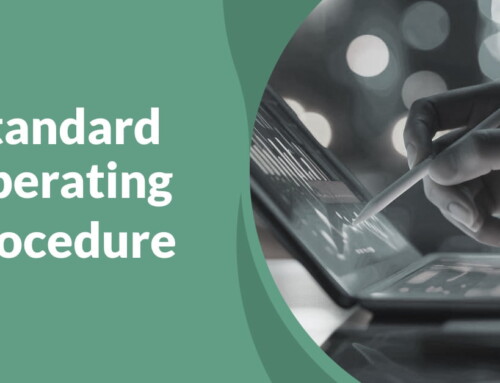5 Tips for Creating a Migration Plan
Migrating systems is a significant undertaking that requires careful planning and execution. A well-crafted migration plan ensures minimal disruption and seamless transition. Here are five essential tips to help you create an effective migration plan.
1. Define Clear Objectives and Scope
Before starting, it’s crucial to outline what you aim to achieve with the migration. Identify the systems to be migrated, the desired end state, and any constraints. This clarity helps in setting realistic timelines and allocating resources effectively.
2. Choose the Right Migration Strategy
Selecting the appropriate migration strategy is vital for success. Common strategies include:
- Lift and Shift: This involves moving applications and data to a new environment with minimal changes. It’s fast but may not leverage all the new environment’s benefits.
- Side-by-Side: Running old and new systems concurrently during the transition period. This method reduces risk by allowing a fallback to the old system if issues arise.
Evaluate the pros and cons of each strategy in the context of your specific needs to make an informed decision.
3. Perform a Thorough Pre-Migration Assessment
Conduct a comprehensive assessment of your current environment. This includes:
- Data Quality: Ensure the data to be migrated is clean and consistent.
- System Compatibility: Check if the existing systems are compatible with the new environment.
- Dependency Analysis: Identify dependencies between systems and data to avoid disruptions.
This assessment helps in anticipating challenges and planning mitigation strategies.
4. Develop a Detailed Migration Plan
A detailed migration plan should cover the following aspects:
- Timeline and Milestones: Define the migration phases and key milestones.
- Resource Allocation: Assign roles and responsibilities to team members.
- Risk Management: Identify potential risks and develop contingency plans.
- Testing Plan: Establish a comprehensive testing plan to ensure everything works as expected in the new environment.
A well-documented plan acts as a roadmap, ensuring all stakeholders are aligned and aware of their roles.
5. Execute, Monitor, and Optimize
During the execution phase, closely monitor the migration process. Use the following tactics to ensure a smooth transition:
- Regular Check-ins: Conduct regular status meetings to track progress and address issues promptly.
- Performance Monitoring: Continuously monitor system performance and user feedback to identify any issues early.
- Post-Migration Optimization: After the migration, perform a thorough review to identify and address any performance or compatibility issues.
Conclusion
Creating a robust migration plan is essential for ensuring a smooth and efficient transition. By defining clear objectives, choosing the right strategy, conducting a pre-migration assessment, developing a detailed plan, and executing with continuous monitoring, you can minimize risks and achieve your migration goals successfully.
Element Digital offers Hobart IT Consulting Services, dedicated to providing expert guidance and strategic planning for all your IT needs. Our Hobart based IT Professional Services are tailored to meet the diverse requirements of businesses in Tasmania. For more insights and updates, follow us on LinkedIn and stay connected with #ElementDigital.








Leave A Comment